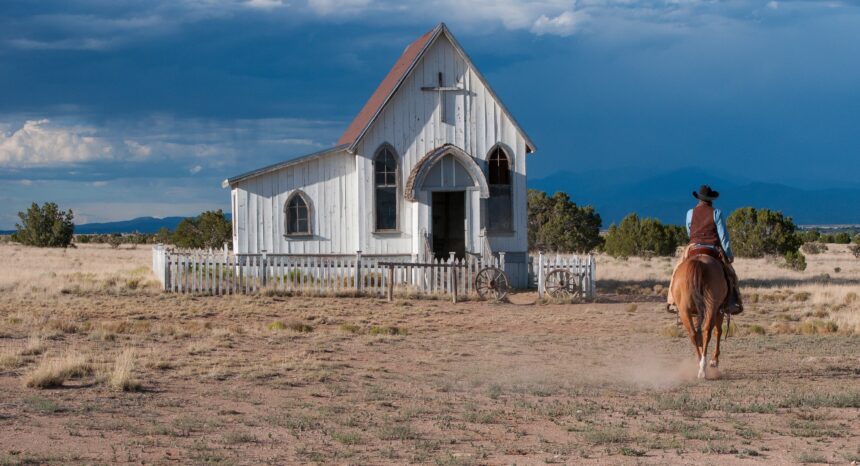People in the Old Testament lived a long time, we are told. Books like Genesis describe lifespans stretching hundreds of years. Whether or not we take those figures literally, a new paper finds there is indeed a connection between longevity and faith.
An academic study worth reading: “Church Attendance, Allostatic Load and Mortality in Middle-Aged Adults,” in PLoS One, 2017.
Study summary: Marino Bruce of Vanderbilt University led a team of 11 researchers analyzing the relationship between religiosity, stress and death in middle age.
They drew on a sample of 5,449 middle-aged Americans (aged 40-65) from the National Health and Nutrition Examination Survey (NHANES) collected by the Centers for Disease Control and Prevention (CDC). This survey included questions on church attendance (a surrogate for religiosity) and 10 stress factors that can be measured in a clinical setting, such as blood pressure and levels of stress-related hormones. Together these factors are known as allostatic load (AL). Previous studies have found a higher AL associated with higher levels of disease and early death.
The authors control for socioeconomic factors, health insurance status and behaviors related to health, such as alcohol consumption and eating preferences — all data collected by the NHANES. They investigate whether the frequency of church attendance may impact the subjects’ health and track subjects for 14 years.
Besides examining the interaction between stress, longevity and church attendance, the authors also reveal some demographic features of churchgoers.
Key takeaways:
- Churchgoers have a significantly lower risk of dying in the follow-up period.
- After adjusting for age, sex, race and chronic medical conditions, 40- to 65-year-old churchgoers were 46 percent less likely to die in the follow-up period compared to non-churchgoers.
- The authors found no statistically significant difference in mortality when measuring how frequently churchgoers attend.
- Non-churchgoers had significantly higher rates of three AL factors: blood pressure, HDL cholesterol (the “good” cholesterol) and the ratio of total cholesterol to HDL cholesterol. Non-churchgoers also had a higher overall AL than churchgoers.
- Frequency of attendance did not impact AL. That is, people who attend church once a year and those who attend weekly do not have statistically significant differences in AL.
- Lower stress levels are not the only possible explanation for churchgoers’ longer lifespans: Non-churchgoers had a higher mortality rate even after controlling for AL, which suggests religiosity alone may play a factor in longevity. “The positive relationship of church attendance with both reduced AL and longevity suggest religiosity can affect two well-described objective health parameters.”
- 64 percent of subjects attend church at least once per year and 36 percent said they never do.
- Churchgoers are healthier, better educated and economically better off than the American population at large. “Specifically, they were more likely to have higher levels of educational attainment, lower levels of poverty, increased physical activity, reduced rates of smoking and drinking, and a healthier eating index.”
Helpful resources:
The Association of Religion Data Archives (The ARDA) at Pennsylvania State University is a resource for journalists, educators and researchers seeking objective data on religion and faith in the U.S.
The Census Bureau’s most recent data on American religious communities is here.
Other research:
We have reviewed academic papers on religious beliefs and same-sex marriage; how political candidates target Christian communities; on the Catholic community; on religion and immigration policy; and on Muslim Americans.
In 2012 the Pew Research Center found no significant difference in church attendance between white working-class Americans and college-educated whites, though it found the working-class people more likely to take the Bible literally (39 percent compared to 17 percent).
A 2017 paper in the Journal for the Scientific Study of Religion analyzes the origins of U.S. evangelical communities’ opposition to the environmental movement.
Anti-atheist prejudice is strong in the U.S., presenting formidable obstacles for atheists seeking public office, according to this 2017 paper in Politics and Religion.
Health-care professionals rarely inquire about patients’ religious preferences, according to this 2015 study in the Journal of the American Medical Association.


Expert Commentary